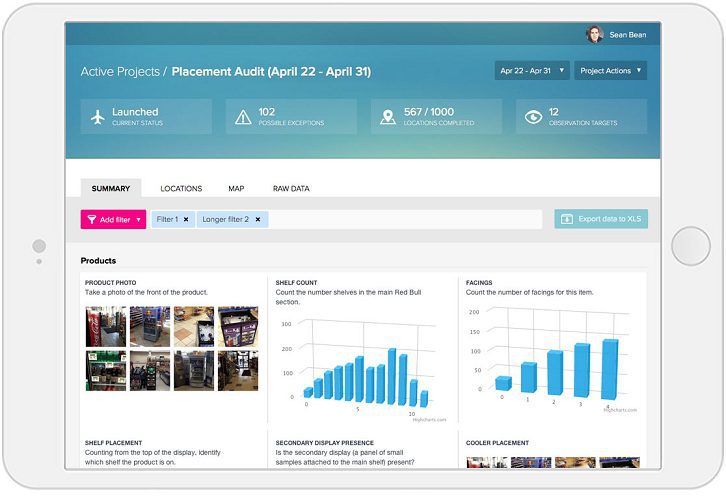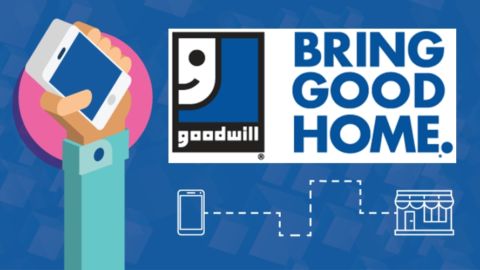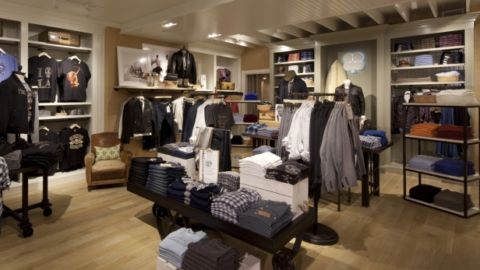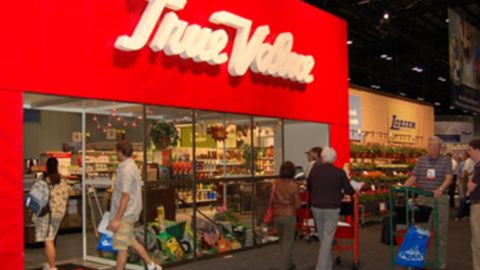When a manufacturer develops a new product, they typically spend a significant amount of time and money promoting it across all channels. Additionally, the manufacturer wants to ensure that marketing campaigns and promotions are implemented across all retail partners.
As part of a joint venture with Procter & Gamble, Whirlpool introduced the Swash express clothing care system in July 2014. During an initial testing period, the companies developed and placed displays in a select number of Bed Bath & Beyond, Best Buy and Bloomingdales stores.
However, members of both the Procter & Gamble and Whirlpool teams wanted some form of confirmation that promotional materials were built and deployed properly, according to David Provost, National Sales Director for Whirlpool.
Advertisement
The appliance manufacturer has implemented Gigwalk to provide field team members with mobile tools to share photos of in-store displays and sales associate activity.
Users of the Gigwalk mobile app, or “Gigwalkers,” can take photos of displays as they appear on retail stores floors. The photos include the date and geo-stamp of the specific store location, and are stored in an online database for both teams to access.
“The benefit to Whirlpool is that I can use the Gigwalk app either with public Gigwalkers or with my own team,” Provost explained. “I have these team members that have the assignment of communicating what’s happening on floors across the country. The broader application for me is not only against the Swash displays, but with new product launches.”
With Gigwalk, Provost explained that Whirlpool is empowered to “communicate actual floor activity back to decision makers within the channel, as to what’s really happening with the product launch.”
The real win for the stores, according to Provost, is that Gigwalk provides accurate data regarding merchandise sell-through rates for each store location, allowing them to restock high-demand products accordingly. Perhaps, retailers using the app will gather further insight into delays in getting specific products to market.
“Without that, retailers are buying in the product, they’re putting it into their distribution centers and they’re deploying it as the individual store floors have room for it,” Provost said in an interview with Retail TouchPoints. “Some of the floors are faster at making room for product than others. The retailers don’t necessarily know how many floors have transitioned this product or not. This is a way we can come back and help them understand that while they thought they were going to be 75% transitioned in the first month, they were actually 25%. So, let’s manage the sell through expectation based on 25% of the floors being deployed instead of 75%.”
Gigwalk recently unveiled Gigwalk Enterprise software, which is designed to allow brands to mobilize internal teams in order to collect and activate data that will help improve the execution of retail processes. This collaboration also extends from retailers to supply chain partners to improve in-store sales.
“We can communicate how fast a new product is getting to the floor and verify that it is dressed properly with point-of-purchase material,” Provost stated. “Is it displayed where we need it displayed, and where we negotiated the display? The relevant detail of what’s happening on the floor rolls up in a reportable fashion back to both the manufacturer and the retailer. We think it’s going to add great value to the speed with which we can communicate what’s happening with our transitions.”















